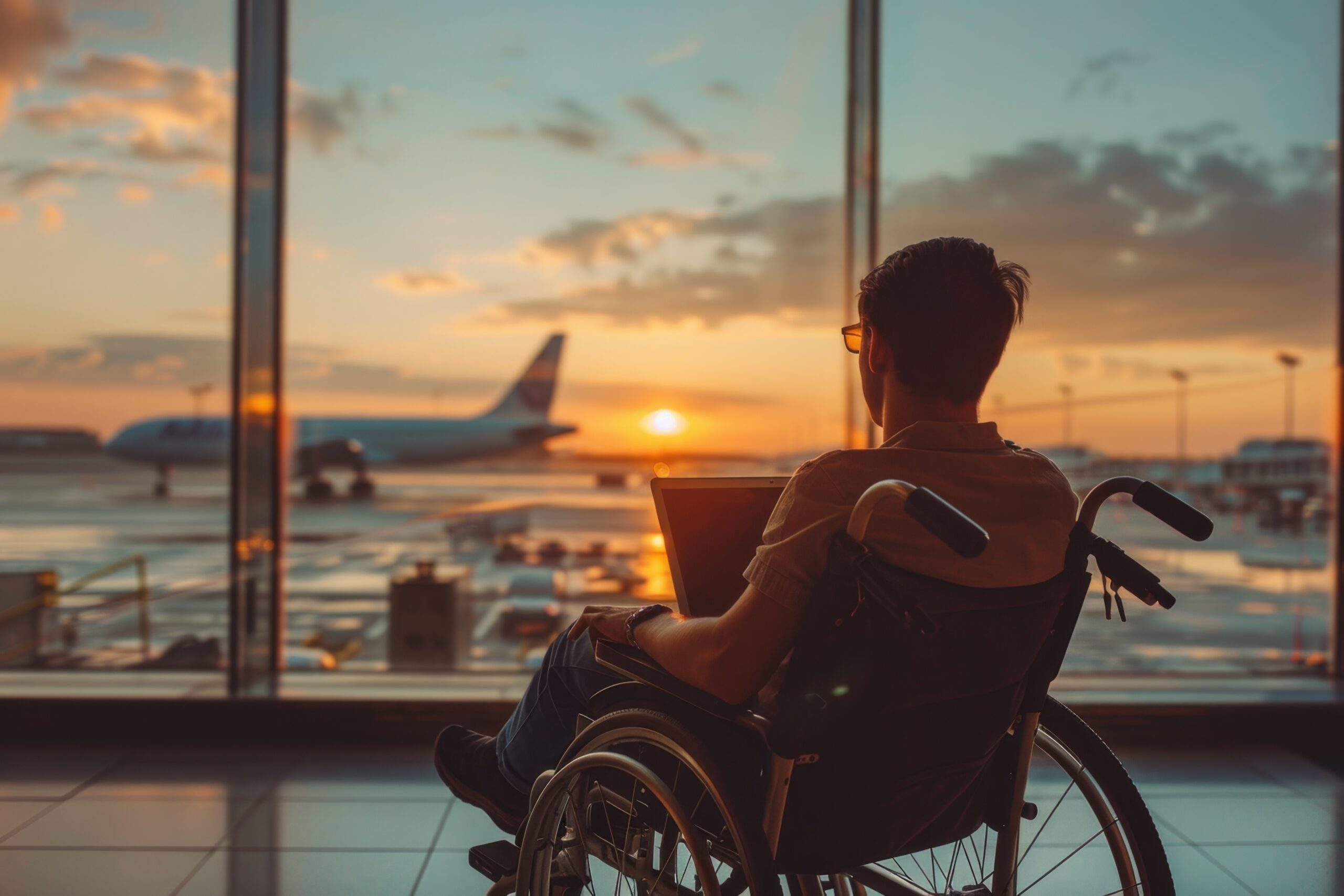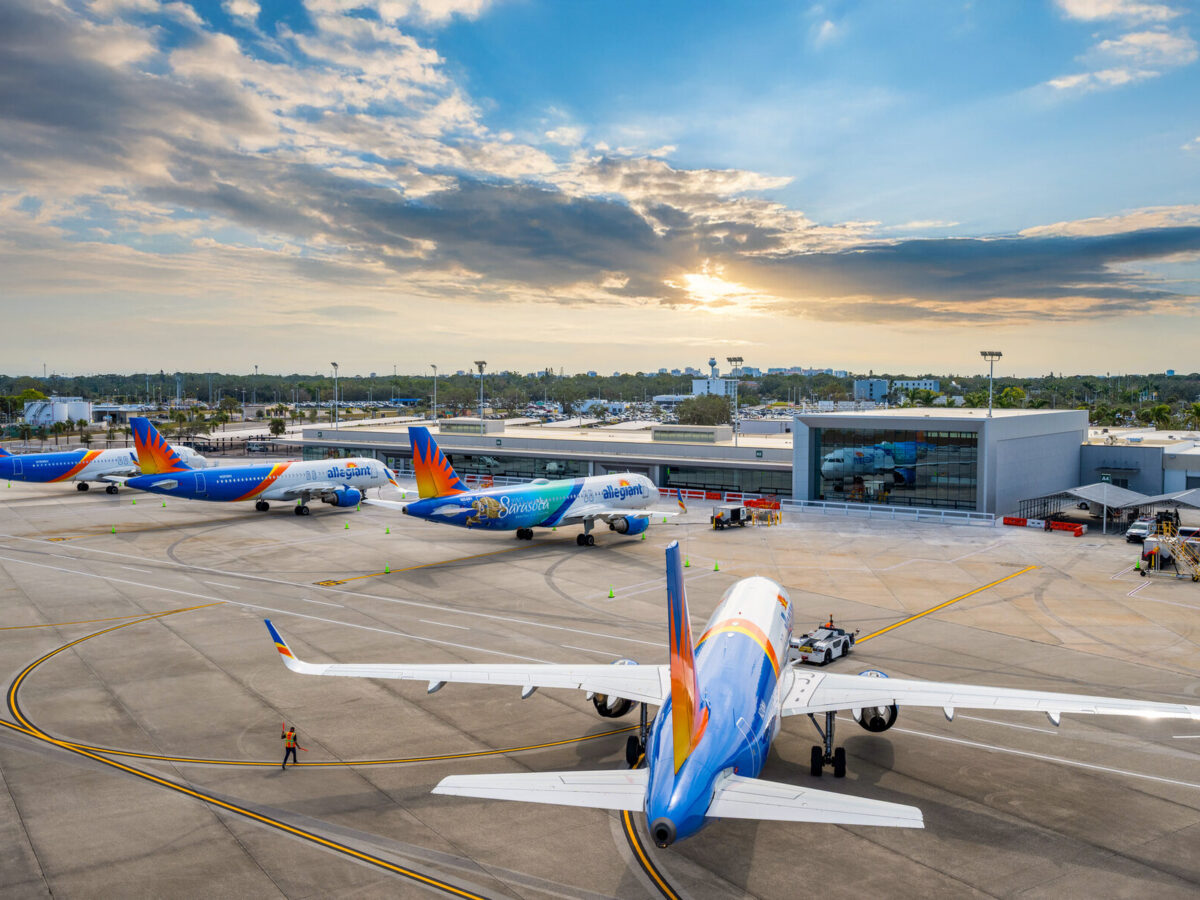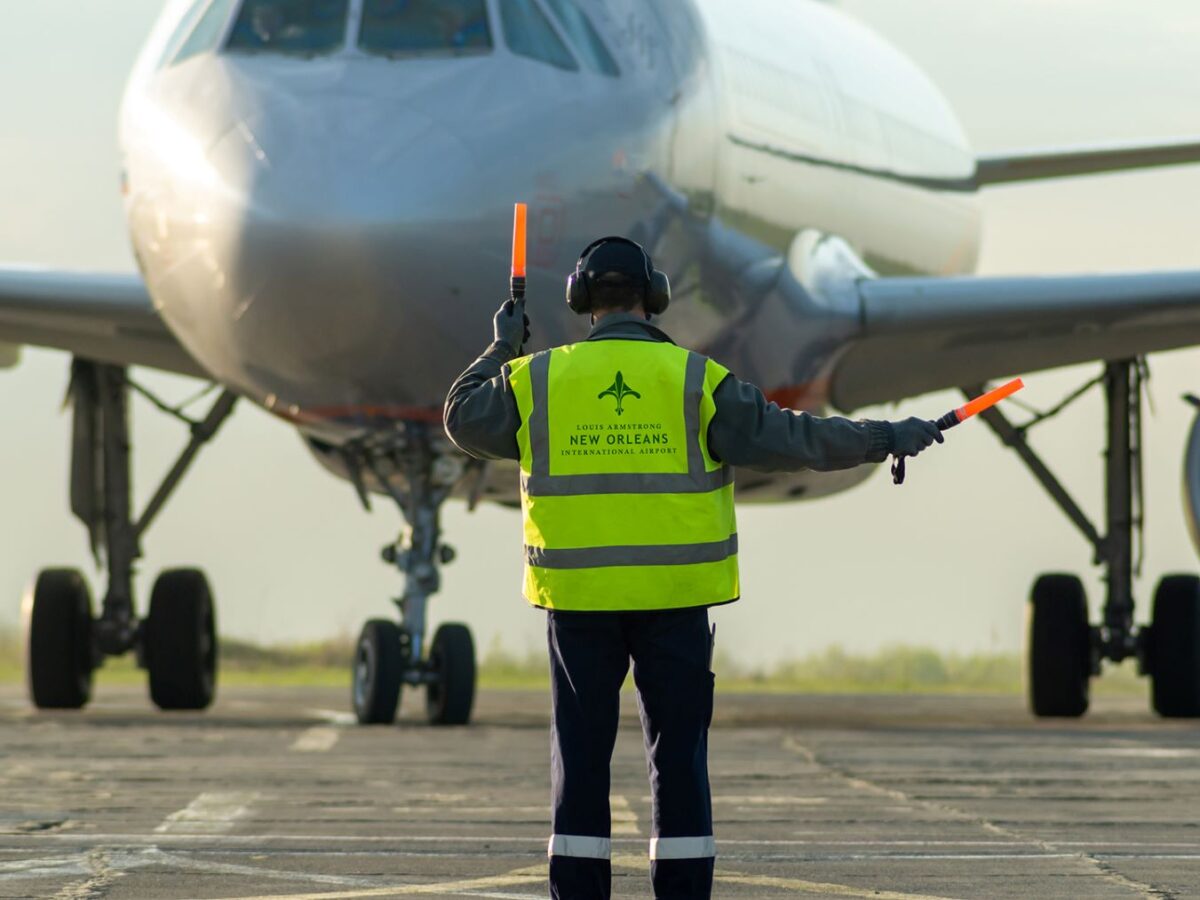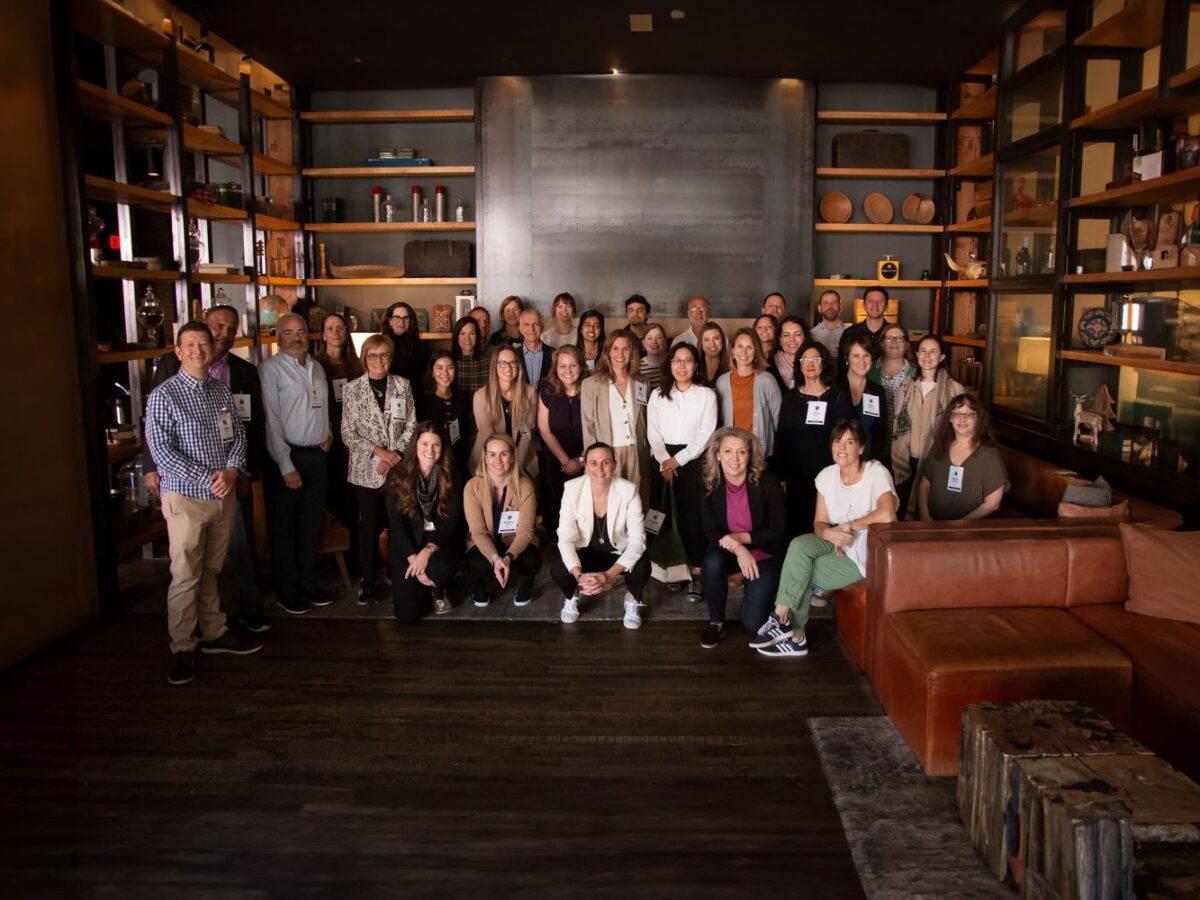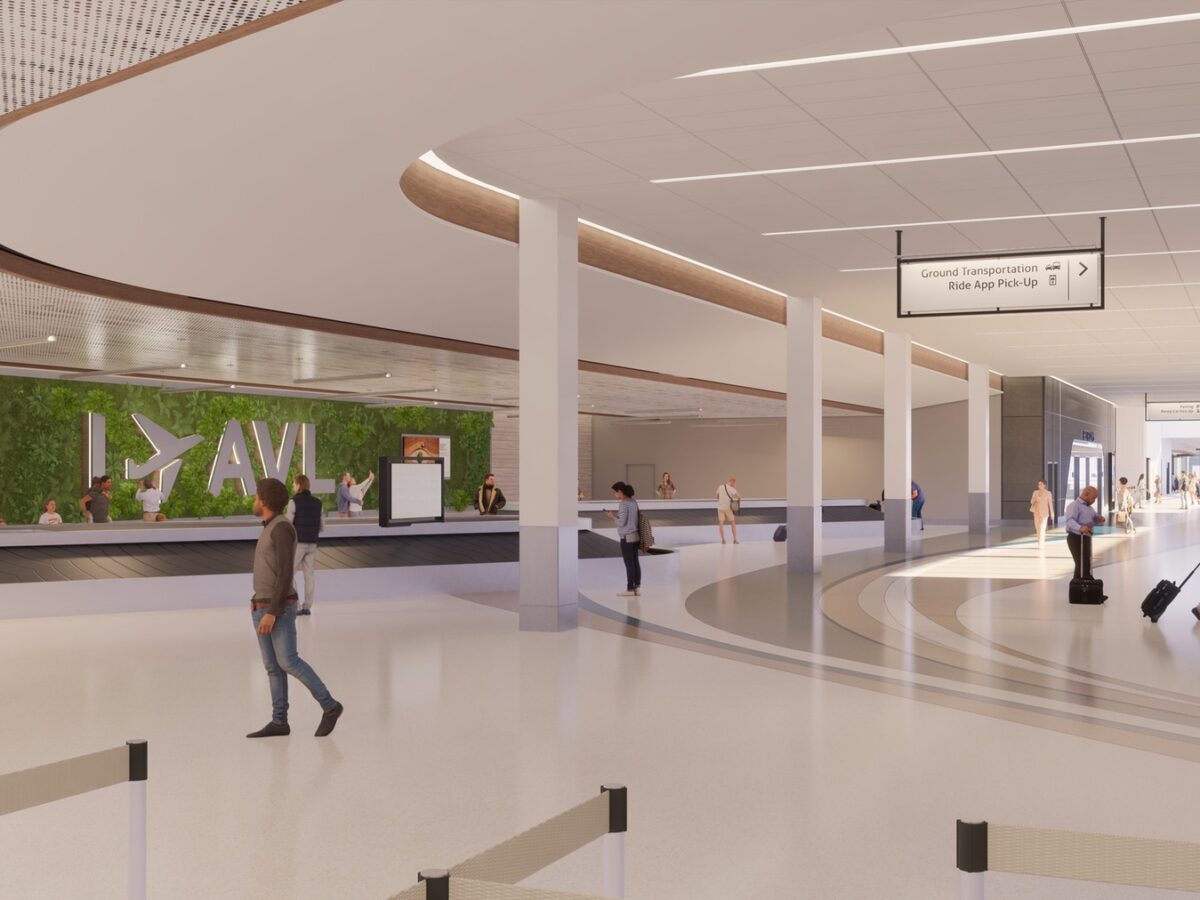As travel continues to rebound post-pandemic, airports are striving to elevate customer satisfaction through enhanced experiences. Yet, for persons with disabilities, air travel often remains fraught with challenges. From unclear wayfinding to physical barriers, accessibility issues persist despite regulatory frameworks like the Americans with Disabilities Act (ADA). It’s time for designers to move beyond code compliance to create truly inclusive airport environments.
In this blog post, we highlight the urgency of addressing accessibility in airports holistically, ensuring that travelers—regardless of ability—can navigate airports with both ease and dignity.
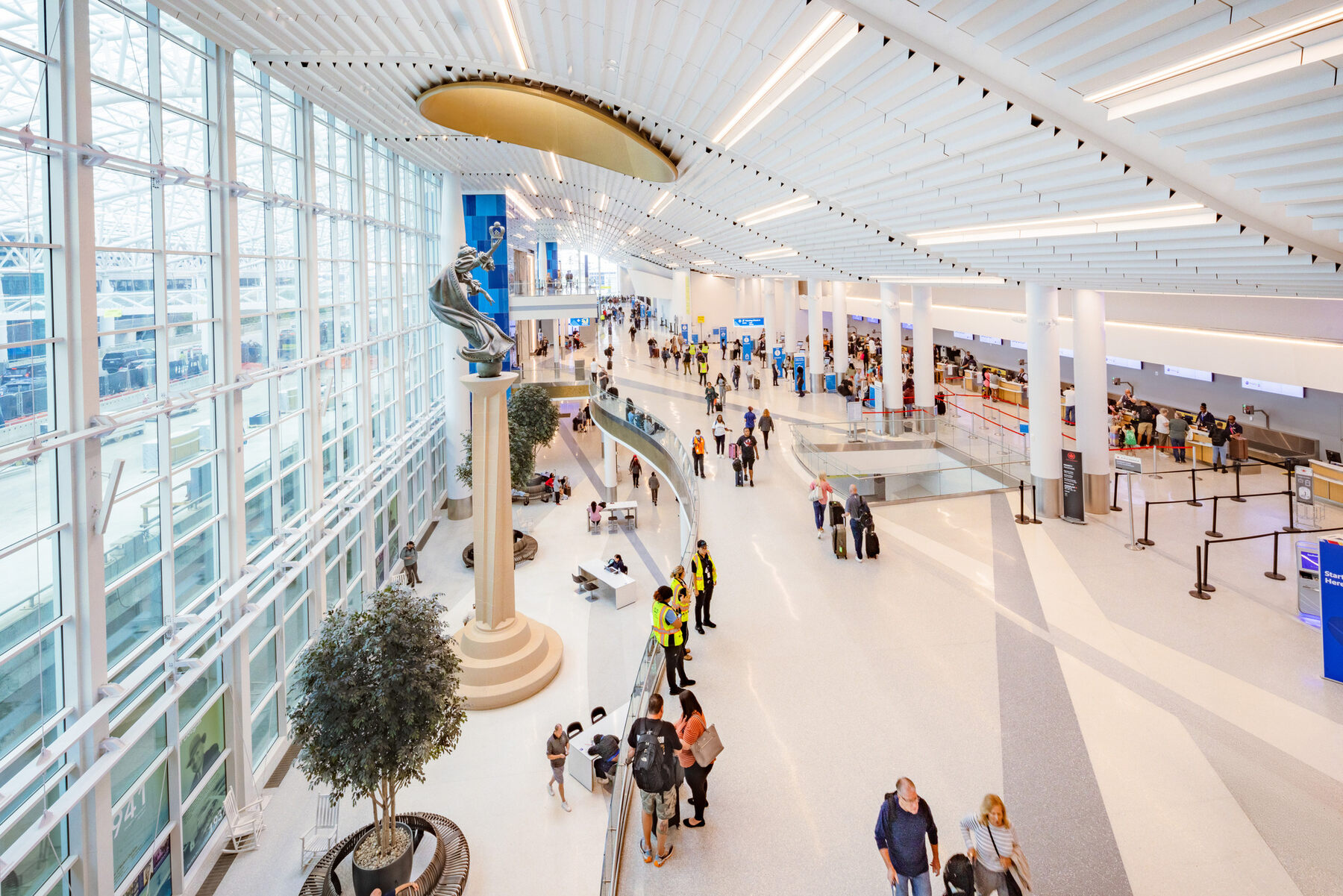
Experiential Design & Accessibility
Airports are more than transit hubs—they are gateways to communities and spaces for connection. Experiential design, such as history walls, art installations, and open concessions areas, enhances the traveler experience by creating memorable moments. For these elements to truly serve their purpose, they must be designed with accessibility in mind.
At Charlotte Douglas International Airport (CLT), the iconic Queen Charlotte statue was relocated indoors, transforming it into an inclusive focal point for both departing and arriving passengers. This move wasn’t just about aesthetics—it was about accessibility. By bringing the statue inside and incorporating thoughtful design features, Gresham Smith designers created a space that accommodates a diverse range of travelers with disabilities.
For instance, the new location includes accessible seating and clear sightlines, ensuring that individuals with mobility impairments, including those using wheelchairs or other assistive devices, can engage with the statue without barriers. The design also benefits individuals with low vision or blindness by creating an open, well-lit environment with intuitive navigation and tactile elements.
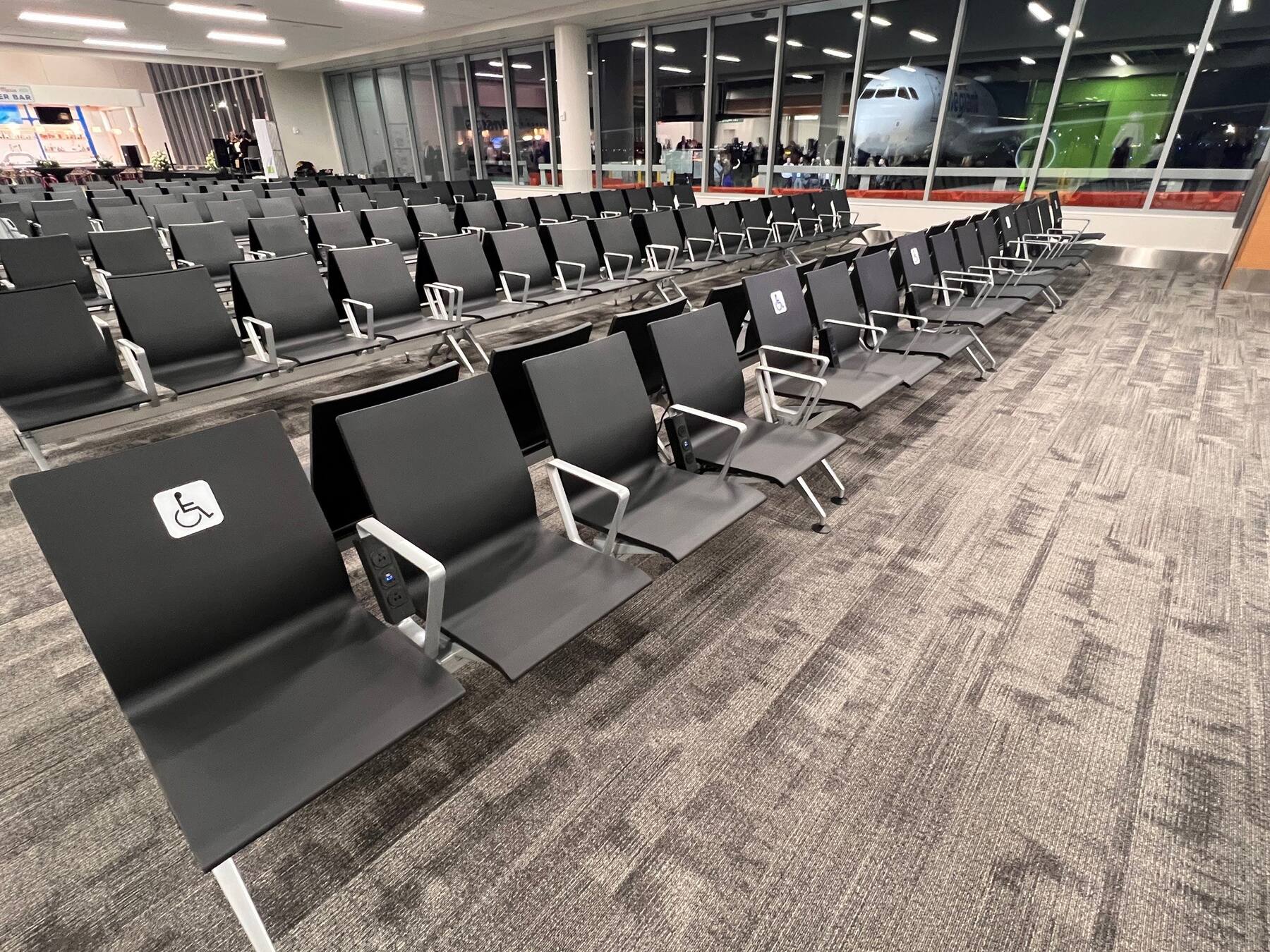
This relocation exemplifies how experiential design can foster inclusion, transforming cultural landmarks like the Queen Charlotte statue into accessible touchpoints. Similarly, at Sarasota-Bradenton International Airport (SRQ), concessions areas with diverse seating options, including raised seating for persons with reduced mobility in holdrooms, ensure that travelers with a wide range of needs can enjoy expansive views and shared experiences.
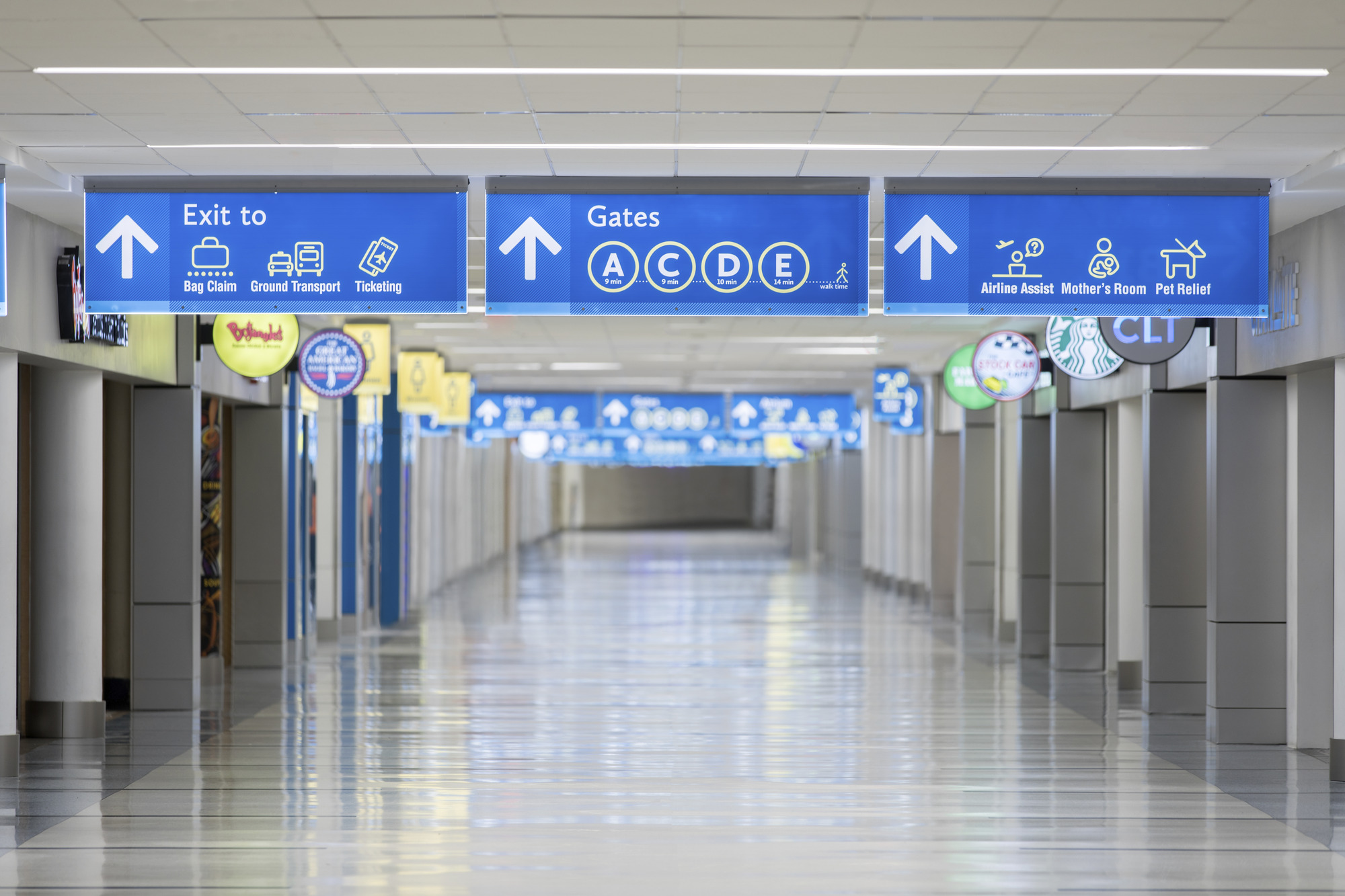
The Role of Wayfinding in Accessibility
Navigating an airport can be daunting, even for seasoned travelers. For persons with disabilities, unclear or inconsistent wayfinding can exacerbate these challenges. Effective wayfinding design isn’t just about placing signs—it’s about ensuring travelers have the right information at the right time.
One innovative solution is the incorporation of walking times on overhead signage, as seen at CLT. Providing clear walking time estimates empowers travelers, including those with mobility challenges, to make informed decisions about their journey.
In Salt Lake City International Airport (SLC), maps and monitors display not only gate locations but also information on elevator access, enabling wheelchair users to plan their routes efficiently. Illuminated elevator flags, a feature implemented at SLC, further enhance visibility, ensuring elevators are easily located even in high-traffic areas. These thoughtful design elements address a common critique: that elevators often meet ADA standards but are tucked away, making them difficult to find.
For visually impaired travelers, accessible Wi-Fi-enabled tools can make a tremendous difference. Airports with reliable Wi-Fi can support navigation apps designed for the visually impaired, such as those that provide auditory instructions for locating gates, restrooms, and concessions.
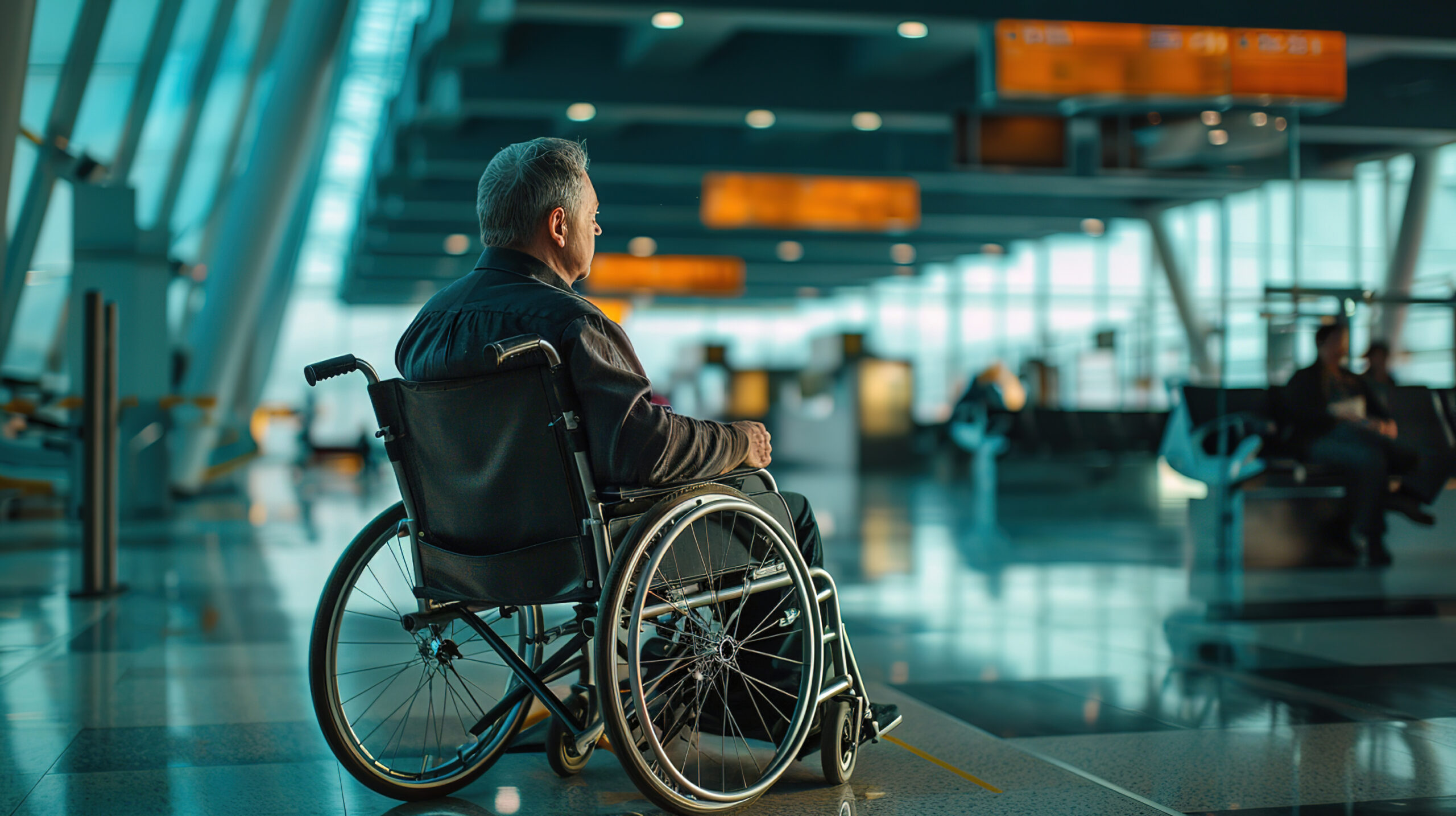
Addressing Pain Points
The challenges faced by passengers with disabilities often stem from design oversights that could be resolved with simple fixes. For example, wheelchair users frequently struggle with beverage shelves in airport concessions. By arranging products vertically rather than horizontally, items become accessible without requiring assistance—a small but impactful change.
Similarly, ramp design plays a crucial role in accessibility. Long, steep ramps can be exhausting for wheelchair users, especially when moving through large airports. While current regulations specify ramp slopes and landing intervals, designing with empathy—such as integrating more frequent rest areas—can significantly improve the experience.
Beyond physical barriers, inconsistent procedures for assisting passengers with disabilities add further challenges to travel. Those receiving assistance are often dropped off at their gate until boarding, making it challenging to access amenities like restrooms and concessions or receive updates and help during gate changes. These issues can be addressed in the design phase by bringing all stakeholders to the table—including airports, airlines, and third-party service providers—to develop solutions and procedures that ensure support is readily available at key touchpoints.
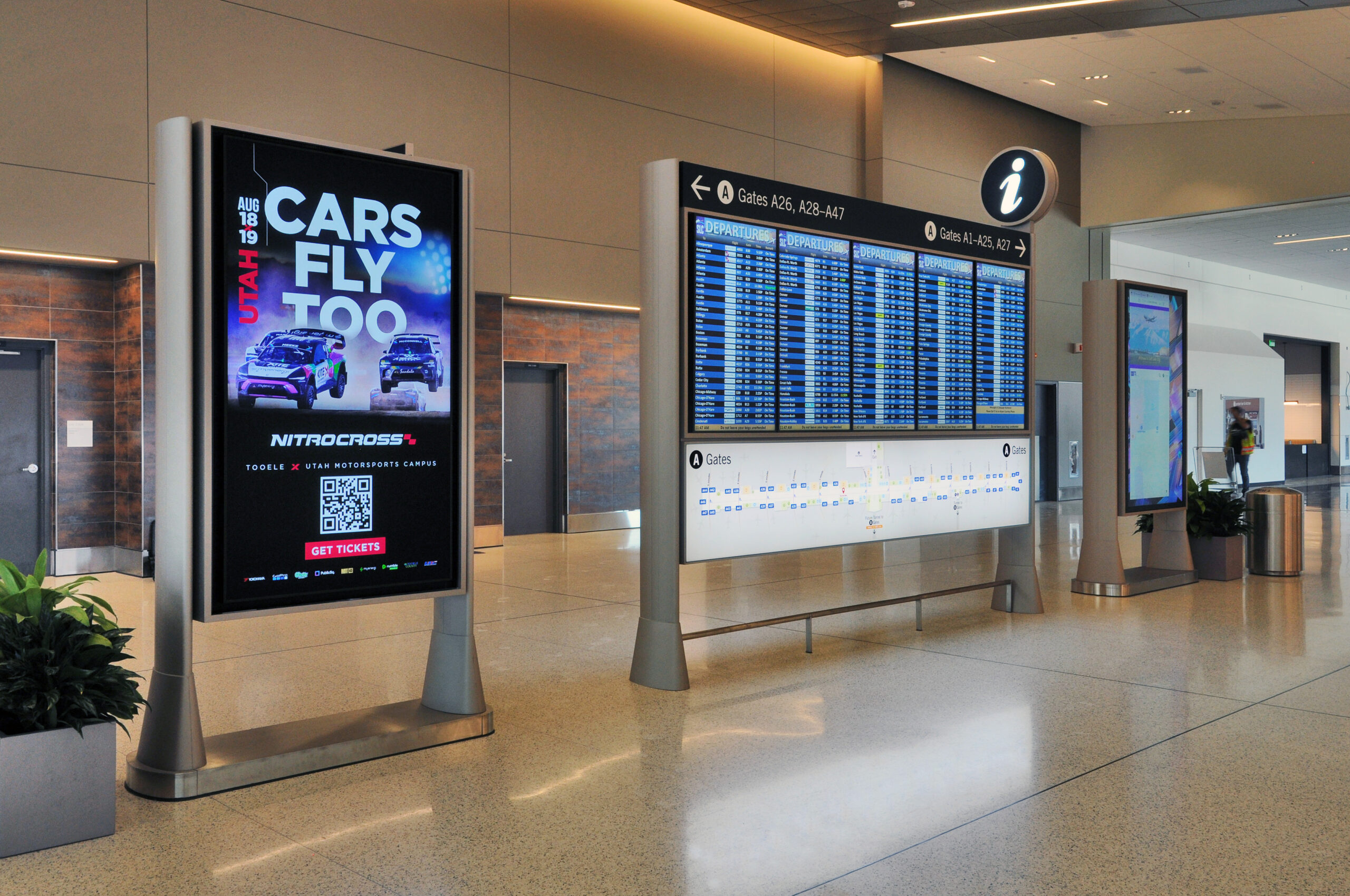
Collaboration is Key
Inclusive design doesn’t happen in isolation. It requires collaboration with a wide range of stakeholders, including airport operators, airlines, concessionaires, and, most importantly, the passengers who use these spaces.
At Salt Lake City International Airport, for example, a collaborative approach led to the installation of additional flight information displays (FIDS) every 400 feet, cutting the distance passengers need to travel to access critical information in half. This improvement is particularly impactful for passengers with mobility challenges, significantly enhancing their ability to navigate the airport efficiently and with greater ease. At Charlotte Douglas International Airport, design consistency between the airport’s physical signage and its online maps ensures a seamless experience for travelers who rely on these tools.
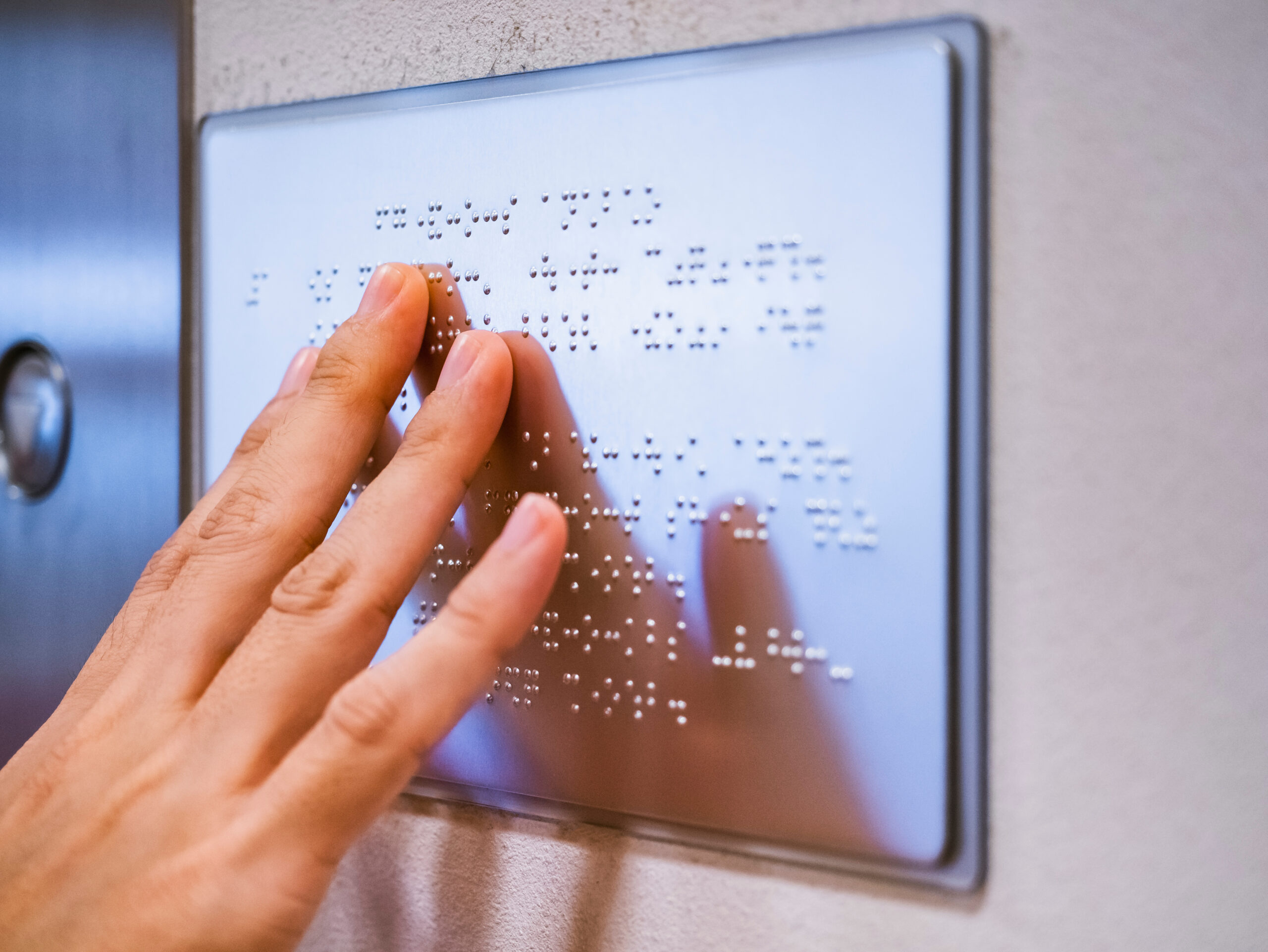
Universal Design
As outlined in ACRP Report 177: Enhancing Airport Wayfinding for Aging Travelers and Persons with Disabilities, universal design aims to create environments everyone can use, regardless of age, ability, or status. This philosophy extends beyond meeting legal requirements, focusing instead on equity and inclusivity.
For airports, universal design begins with ensuring passengers can navigate the essential parts of their journey—like moving efficiently from curbside to drop-off to security screening and from the gate to baggage claim. Features such as accessible signage, clear pathways, and integrated technologies like apps providing real-time updates on gate changes or guiding users to wheelchair assistance play a crucial role in supporting these critical aspects of travel.
While these foundational elements are vital, universal design also enhances the passenger experience by making art installations, concessions, and experiential design elements accessible. These features enrich the journey while building on the primary goal of enabling a seamless and inclusive travel experience for passengers.
“Inclusive design doesn’t happen in isolation. It requires collaboration with a wide range of stakeholders, including airport operators, airlines, concessionaires, and, most importantly, the passengers who use these spaces.”
Going Beyond Compliance
While regulations like the ADA provide a baseline for accessibility, true inclusivity requires designers to think beyond the ADA codes, which means serving the best interests of all passengers—not just “checking the boxes.”
This proactive approach involves staying informed about the latest accessibility innovations, from new technologies to evolving design standards, participating in committees in the aviation industry, staying connected and up to date with organizations like Open Doors, and prioritizing ongoing education and advocacy. By doing so, designers can anticipate and address challenges more effectively.
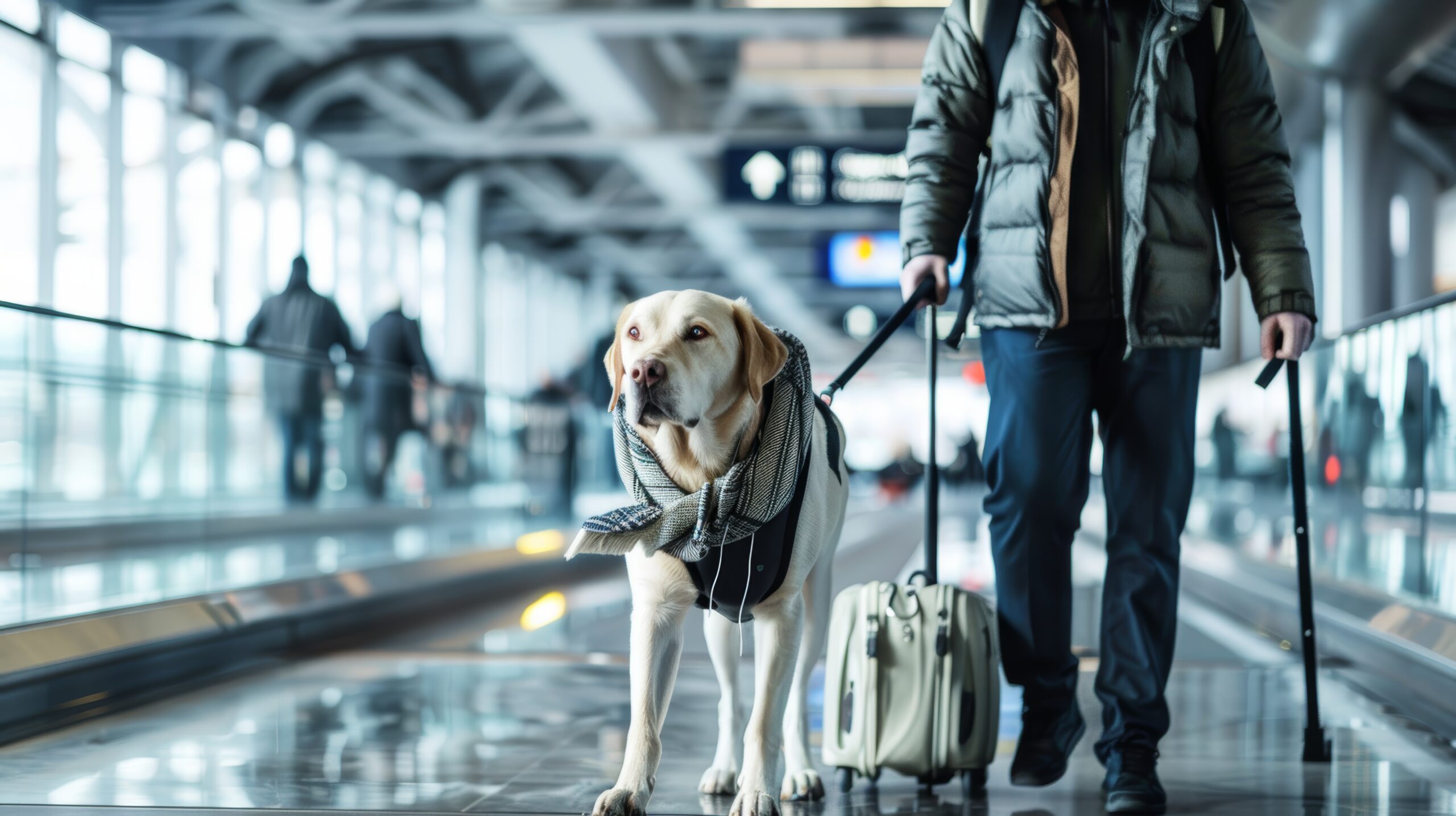
A Call to Action
Airports are a shared space where diverse individuals come together, each with unique needs and expectations. For designers, the challenge is to create environments that are not only functional but also equitable and enriching. The path forward requires collaboration, innovation, and a commitment to universal design principles. By integrating accessibility into every stage of the design process, we can transform airports into spaces where every traveler feels seen, valued, and empowered.
Although the industry has made progress, there is still a long way to go. As we move forward, let’s prioritize empathy, inclusion, and accessibility to ensure airports truly serve all who pass through their gates.
